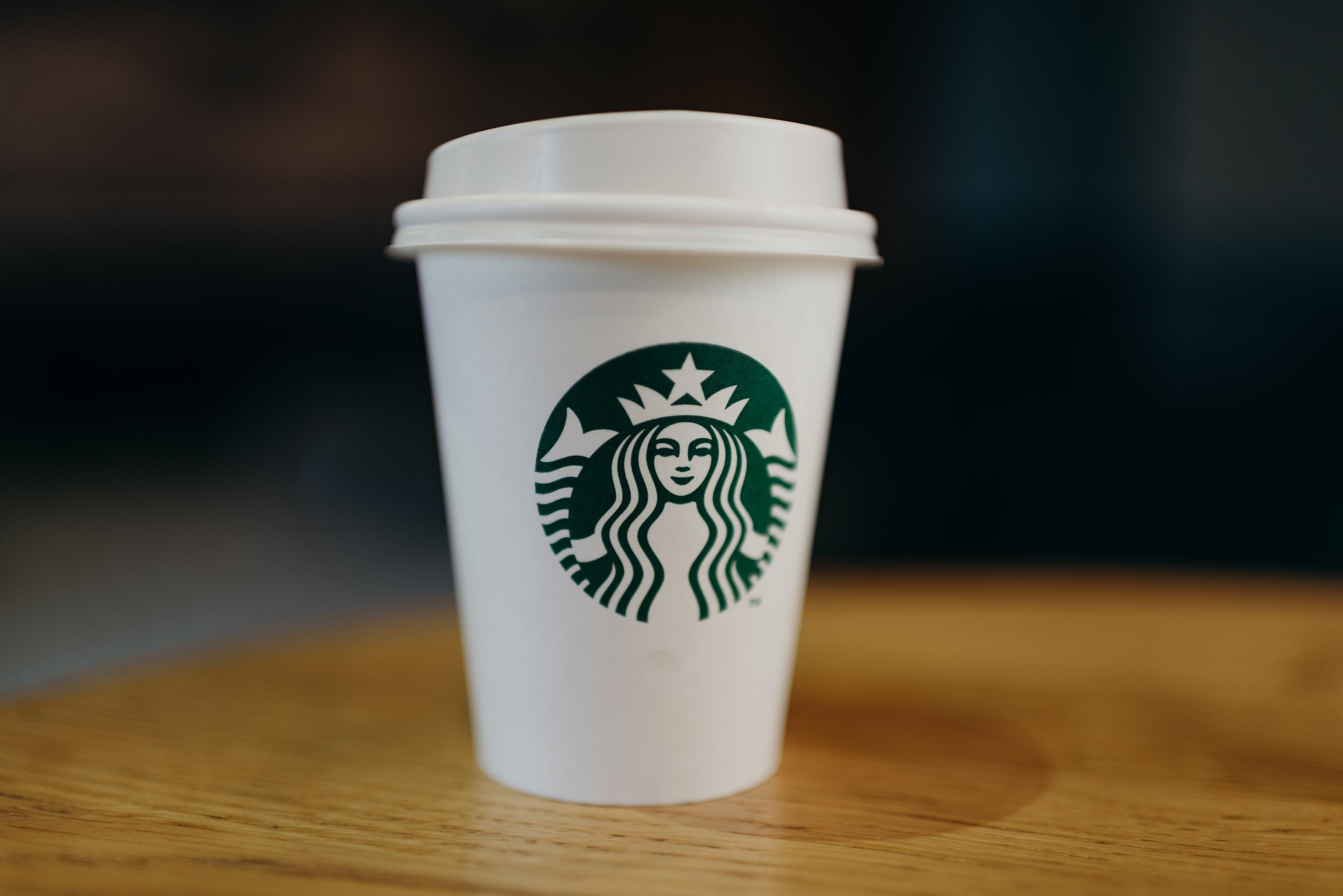A registered trademark protects the brand only in the context of the categories of goods and services defined in the application. The underlying reason stems from the very purpose of trademark registration, which is to protect the distinctiveness of a brand and prevent consumer confusion. Similar trademarks used for different categories of products and services (e.g. a restaurant and a software company) are highly unlikely to create consumer confusion and, therefore, will likely be both allowed to register their trademarks and co-exist in the market.
Hence, the selection of particular goods and services represents a key part of the trademark registration process, consequently defining the scope of brand protection.
The selection of classes is a complex process, one that we tend to receive the most questions about. If you plan to get a trademark and are not sure about which classes to select, below, you can find our answers to some of the frequently asked questions on the topic that will hopefully shed some light on the matter.






